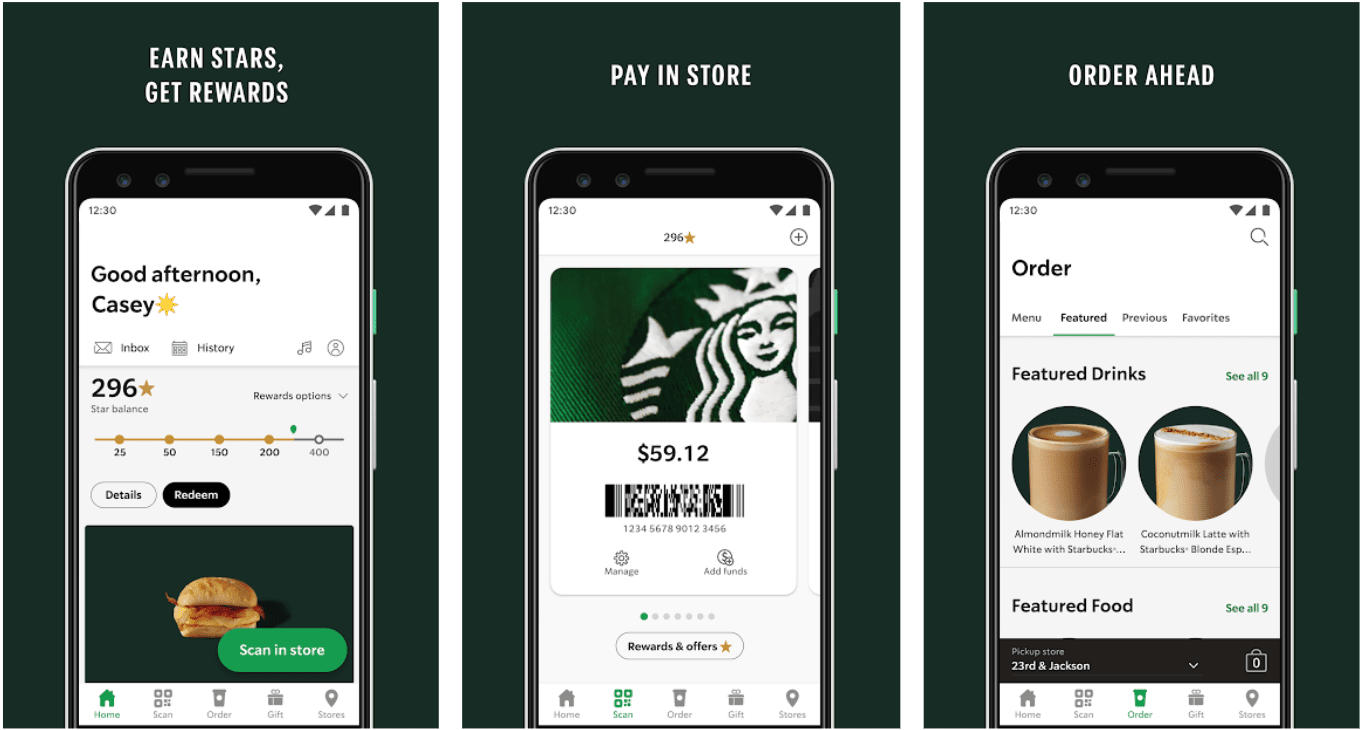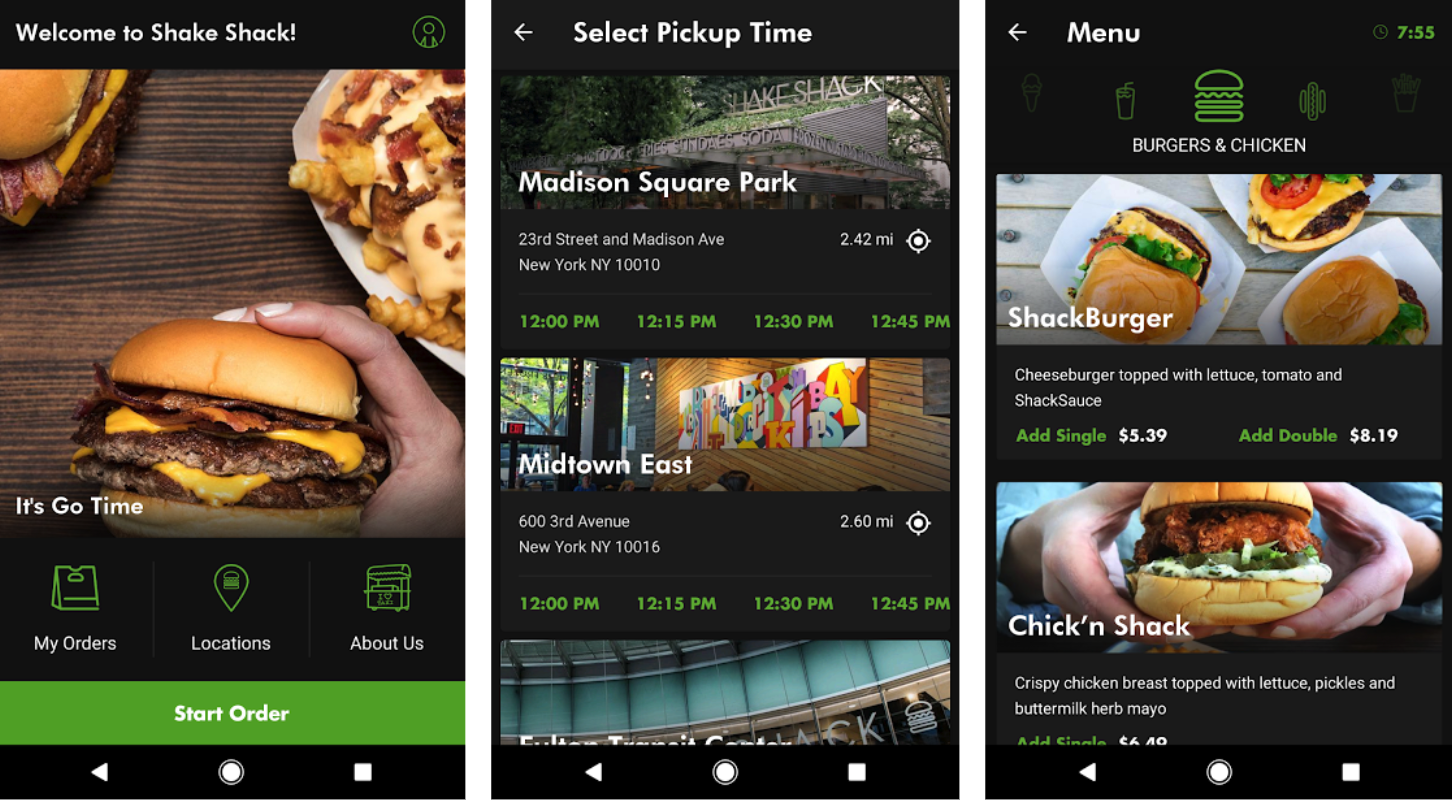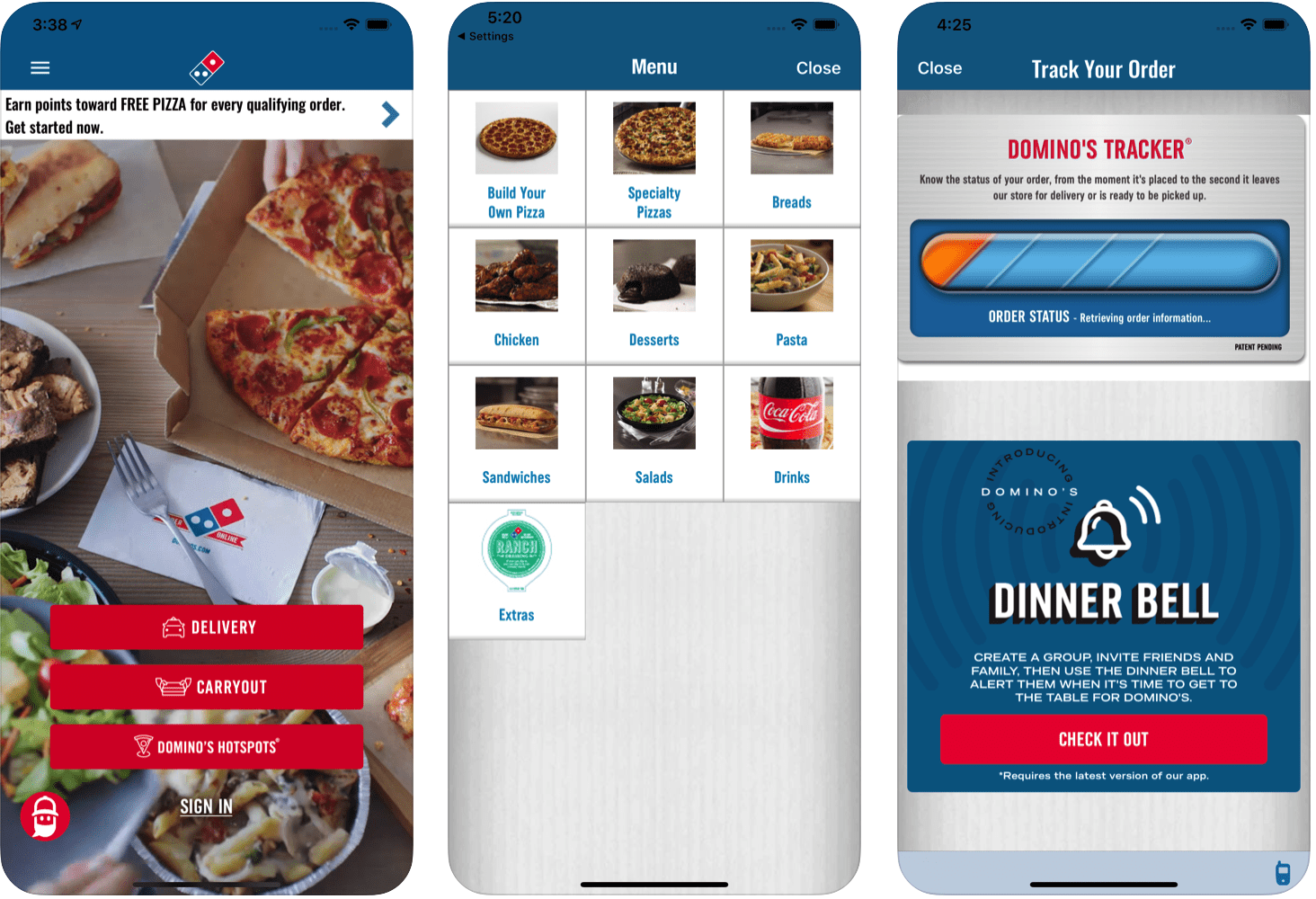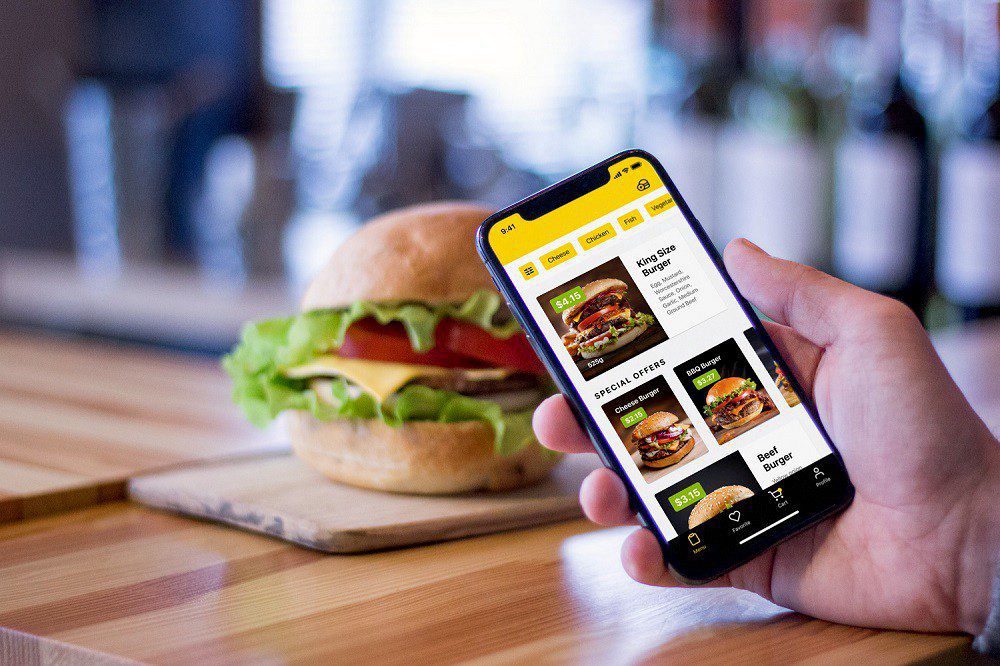5 Restaurant App Testing Types

Since 2014, online food ordering and delivery have grown 300 percent faster than dine-in traffic. And a survey by Deloitte showed that 40 percent of people preferred to order meals online.
Expanding digital touchpoints and streamlining online strategies are no longer a bonus for restaurants, but a necessity – especially with the major shifts that impact dining experiences amid the urge for social distancing and shelter-in-place practices.
Like most industries, QSR’s were already going through a digital transformation and creating world-class app-driven customer experiences. Now, with the closure of dining rooms during this time of COVID-19, QSR’s are adapting with enhanced delivery and take-out options. The role of apps has never been more important…
Customer experience matters most
With a 92 percent satisfaction rate, ordering via QSR apps is the most favorable method for placing an order – noticeably higher than in-store ordering with an employee.
Digital ordering capabilities enhance the customer experience by making it easier to customize items, cut down on time in store, bypass long lines, and eliminate the hassle of paying in person.
5 types of testing for quick service restaurant apps
In addition to traditional QA mobile app testing, quick-service restaurant apps should also focus on more specific test cases including:
1. Functional testing for personalized experiences
I’ll admit it… on a really bad morning, I need my trusty Grande Iced Soy Chai Double Dirty. Don’t judge me. Or do. Thanks to Starbucks’ mobile app, I can order whatever I want without worrying that the people in line behind me are staring.

From ordering to creating a personalized Spotify playlist, the Starbucks app provides a user experience that is both inviting and innovative, much like the coffee chain itself.
Such personalization requires a seamless registration process. Use functional testing to ensure the following work as defined:
- Integration with other platforms and services (social, Spotify, bank, etc)
- Quick ordering options (past orders, popular items)
- User-friendly design
Go ahead and order your Venti salted caramel mocha frappuccino with five pumps of frap roast, four pumps of caramel sauce, four pumps of caramel syrup, three pumps of mocha, three pumps of toffee nut syrup, double blended with extra whipped cream.
2. Push notifications for pickup orders
Famous for exceptionally long lines, Shake Shack’s “Shack App” offers order ahead with scheduled pick-up at the store of your choice… With social distancing mandates across the globe, waiting in any type of line is often not an option. By all accounts, customers love the app and in 2019, the restaurant chain had seen an increase in revenue thanks to mobile customers.
While a respite from the lunch rush is welcomed by everyone, not knowing when your order is ready or how to get it is far worse. Shake Shack notifies guests when their food is ready as well as where to pick up a mobile order.

When building your own QSR app, include push notifications for digital orders to ensure a streamlined ordering and pick-up process.
Things to pay attention to:
- Check if the notification is received even if the app is not running
- Verify notification multiple times and check for the correct order
- Verify prevent repeating the same notification over and over again by the possible triggers
3. Location testing for order tracking
Domino’s was one of the original restaurant chains to drive disruption with the development of an online tracker, with a solid history that goes back a good 10 years.

Recently, Domino’s was one of the first players in voice-activated mobile ordering. But the real-time delivery tracker still ranks as the top reason customers say the pizza company has the best mobile experience.
When offering your app users a solid order tracking system, guarantee your location testing and GPS services include:
- Ability for customer to view delivery driver’s actual position
- Provide accurate data about the destination point and planned route
- Location information should the order arrive incorrectly
Geolocation also helps calculation of delivery charges for restaurants that don’t provide free or fixed delivery charges.
QSR End-to-End Testing Example
Most large Quick Service Restaurant (QSR) chains now offer mobile apps with features like advanced ordering, pick-up time scheduling, group orders, exclusive deals, and loyalty programs.
Testlio conducts end-to-end testing for QSRs and uncovers not only software bugs but also issues impacting the entire app-driven customer experience. The process includes a variety of testing types such as usability testing, exploratory testing, payments testing, and “in the store” testing.
Using the above, our testers play the role of QSR customer as they explore the menu and customize an order scheduled to pick up ASAP. Each order varies, with some including promotional codes and reward balances. With the goal of ensuring the best customer experience, we time how quickly the restaurant receives orders and if they match the selections made on the app. Through our dedicated payments testing, we also test to assure promotional codes and reward functionality work as intended. Additionally, we test the experience of picking up orders at various locations to ensure the option to choose a pickup location option operates as expected. Because customer experience doesn’t end at a brand’s app, we go a step further and assess the quality of the in-store experience including food presentation and server receptivity and politeness.
This type of true end-to-end testing of the entire app-driven experience cannot be done in a simulated environment. Test QSR applications in a real environment ensure everything works correctly.
4. Security testing for safe transactions
Throughout last year, a Montreal fraudster dubbed the Quebec Hamburglar, stole thousands of dollars from McDonald’s mobile app users around the country.
As a recent poll shows, almost half – 49 percent – of respondents admitted to worrying that using a QSR app might result in payment fraud. Another 37 percent said they would drop a QSR brand permanently should an event happen.
But a fraudulent event doesn’t have to devastate your restaurant. There are things you can do to ensure your company is still relevant and competitive… leaving users both satisfied and safe by building a personalized and secure mobile app:
- Minimizing buying barriers through frictionless payments
- Secure integration with Google Pay, Apple Pay, etc
- Reducing opportunities for account takeovers (ATOs)
5. Adding voice controls to the menu
An estimated 25 percent of 16 to 24-year-olds use voice search on mobile and quick-service chains are embracing voice-activated ordering.
Craving some KFC? Just ask Alexa. Not only will the virtual assistant bring up past orders, but she can also get you chatting with Colonel Sanders. By differentiating itself from the competition, KFC is building brand loyalty for “frictionless fried chicken.”
As voice technology plays a larger role in the restaurant ordering experience, understand some of the challenges with voice testing:
- Various voice-activation prompts to clarify customer orders
- Additional functions for order customization
- Designing a quick and natural interaction
- Voice recognition for accents and different languages for global brands
Creating a consumer-centric app
Delivering food fast is no longer enough. Shifts in consumer demands mean the entire customer journey – from ordering to payment to pick-up or delivery – must be as seamless as possible. But these elevated customer expectations can lead to new opportunities to drive growth.

Quick-service restaurants seeking a technology partner to assist in these areas should look for one with deep knowledge and experience. Contact Testlio today and bring your customers an exceptional digital experience.
